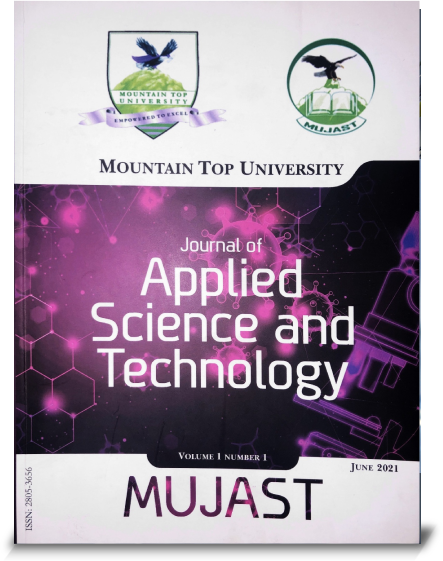Variability of Ionospheric F2 region critical frequency (foF2) for a low latitude station
Authors: *Ehinlafa, O. E., Abdulsalam, A. B. , Liman, Y. M., Olawepo, A. O., Oladipo, O. A. Adimula, I. A. and Adeniyi, J. O.In this study, foF2 variability diurnally, seasonally and annually was investigated during a Low Solar Epoch (LSE) over Ilorin (latitude 8.31°N, longitude 4.34°E, dip latitude 2.95o), a low latitude station along the equatorial anomaly trough. The percentage variability index () was used for the analysis. The percentage variability index () is lowest during the day (2-17%); increases during night to (8-55%); and attained the highest magnitude during pre-sunrise phase (17-68%), for the period of LSE. Two major peaks were noticed in VR: the pre-sunrise peak, which is higher, and the post-sunset peak. Annually, peaks at 44% for the pre-sunrise phase, and 37% for the post-sunset phase, during the LSE. The rapid electron drift away from the equator coincides with subsequent rise in the percentage variability index immediately after sunset for all the seasons.


